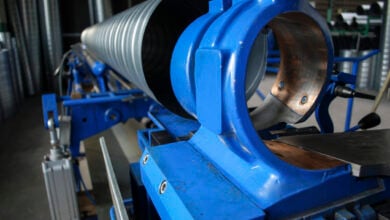Unmasking AI Deception: Women’s Handbook on Image Manipulation Awareness

In an era dominated by artificial intelligence, technological advancements have brought about unprecedented changes in various aspects of our lives. One significant and concerning development is the rise of AI-driven image manipulation, which has far-reaching implications, particularly for women. This comprehensive handbook aims to empower women with the knowledge and skills needed to unmask AI deception in images, providing a roadmap for confidently navigating the digital world.
The advent of AI technology has ushered in a new era of image manipulation, impacting women in profound ways. The prevalence of digitally altered images poses unique challenges, affecting body image, self-esteem, and the authenticity of online presence. This article addresses the need for heightened awareness and preparedness, serving as a guide to empower women in the face of AI-driven deception.
1: The AI Era of Image Manipulation
As AI technology continues to advance, so does its capacity to manipulate and alter images. The implications for women are extensive, influencing not only how they perceive themselves but also how they are perceived online. This explores the broader impact on body image, self-esteem, and the quest for authenticity, emphasizing the urgency of developing coping mechanisms and awareness.
2: Identifying AI-Driven Deception
Recognition of AI-altered images is a critical skill in the digital landscape. This delves into the common signs and characteristics of AI-driven deception, providing real-life examples to illustrate the challenges women face. By cultivating critical visual literacy, women can become more adept at discerning between authentic and manipulated images.
3: Techniques for Detecting AI Deception
Empowering women with practical strategies, this offers a comprehensive guide to identifying AI-driven deceptions in images. From utilizing technology tools to providing step-by-step guidance on analysis, the aim is to equip women with the skills necessary for effective detection. By enhancing their ability to scrutinize visuals, women can navigate the digital space with increased confidence.
4: Promoting Media Literacy
Media literacy is pivotal in the digital age, especially when it comes to visual content. This underscores the significance of fact-checking, verifying image authenticity, and practicing responsible sharing. By encouraging critical thinking and a discerning approach to digital visuals, women can contribute to fostering a more authentic online environment.
5: Building Digital Resilience
In the face of AI-driven deception, building digital resilience is paramount. This explores the importance of self-confidence and offers practical strategies for women to fortify themselves against societal pressures imposed by manipulated images. By prioritizing self-acceptance over external standards, women can cultivate a resilient mindset in the digital landscape.
6: Reporting and Advocacy
Providing a practical guide, this informs women on reporting instances of AI-driven image manipulation and online harassment. It also discusses the role of social media platforms and support organizations in addressing these issues. By becoming advocates for authenticity in digital media, women can contribute to creating a safer and more transparent online space.
Conclusion
In conclusion, this handbook encapsulates the essence of AI awareness, visual literacy, and empowerment. Staying vigilant in the digital age is paramount. By unmasking AI deception in images, women can confidently navigate the digital landscape, embracing authenticity and self-acceptance. The journey towards a digitally resilient future begins with knowledge and a commitment to fostering a culture of authenticity.





